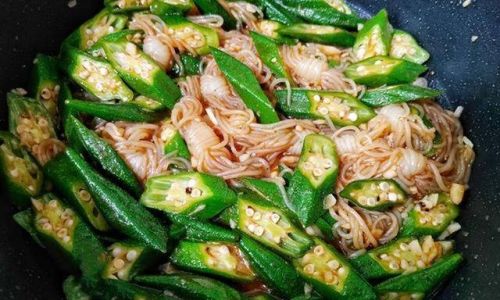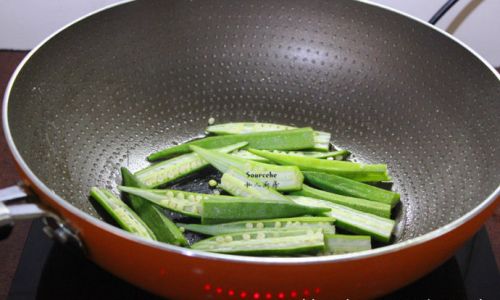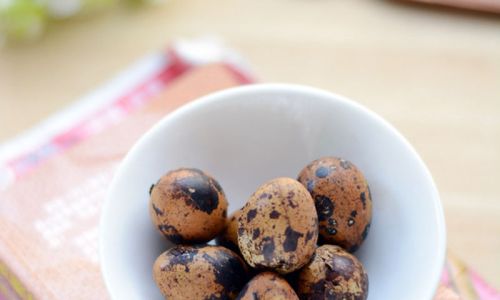Table of content
Oranges, with their vibrant hue, tangy-sweet flavor, and refreshing aroma, are one of nature’s most beloved fruits. Packed with vitamin C, fiber, and antioxidants, they offer a myriad of health benefits while satisfying the taste buds. Yet, despite their universal appeal, many people stick to the same routine of peeling and eating oranges raw. This guide aims to expand your culinary horizons by exploring diverse, delicious, and innovative ways to enjoy oranges—from simple snacks to gourmet recipes. Whether you’re a busy professional, a home cook, or a health enthusiast, this article will equip you with the knowledge to transform this humble fruit into a star ingredient in your daily life.

The Basics: Peeling and Segmenting
Before diving into complex recipes, mastering the art of peeling and segmenting an orange is essential. A poorly peeled orange can leave you with messy hands, wasted juice, and uneven segments. Here’s a step-by-step guide to achieve perfection:
- Choose the Right Orange: Opt for firm, heavy oranges with smooth, unblemished skin. Navels, Valencias, and blood oranges are ideal for eating raw due to their balance of sweetness and acidity.
- The Roll Technique: Place the orange on a flat surface and apply gentle pressure with your palm. Roll it back and forth to loosen the segments inside, making peeling easier.
- Peeling Methods:
- Hand Peeling: Start by scoring the skin with your thumbnail or a knife along the “equator” of the orange. Gently pry the skin open and peel it away in sections.
- Knife Assistance: For thicker-skinned varieties, use a sharp knife to slice off the top and bottom, then carefully cut downward along the curves to remove the peel in strips.
- Segmenting: Hold the peeled orange over a bowl to catch juices. Use a small, sharp knife to slice along both sides of each membrane, freeing the segments. This technique, called “supreming,” leaves you with pristine, membrane-free wedges.
Juicing: Fresh and Flavorful
Orange juice is a breakfast staple, but homemade juice tastes infinitely better than store-bought alternatives. Here’s how to maximize flavor and nutrition:
- Fresh Squeezed vs. Store-Bought: Freshly squeezed juice retains more vitamins and enzymes, as processing and pasteurization can degrade nutrients. Invest in a manual citrus juicer or an electric juicer for efficiency.
- Combining Flavors: Elevate your juice by blending oranges with complementary fruits or herbs:
- Citrus Medley: Combine orange, grapefruit, and lime for a tangy kick.
- Tropical Twist: Add pineapple, mango, or coconut water for a vacation-inspired drink.
- Herb-Infused: Muddle mint, basil, or ginger into the juice for aromatic complexity.
- Smoothie Boosters: Use orange juice as a base for nutrient-packed smoothies. Pair it with bananas, spinach, Greek yogurt, or chia seeds for a balanced breakfast.
Cooking with Oranges: Beyond the Basics
Oranges are incredibly versatile in the kitchen. Their acidity cuts through richness, while their sweetness balances savory dishes. Here’s how to incorporate oranges into every meal:
Salads and Starters
- Citrus Salad: Combine orange segments, fennel, arugula, and toasted almonds. Drizzle with honey-balsamic vinaigrette.
- Avocado and Orange Salad: Pair creamy avocado with juicy orange slices, red onion, and cilantro. Top with a lime-chili dressing.
- Seared Scallops with Orange Glaze: Sear scallops in butter, then deglaze the pan with orange juice, honey, and soy sauce for a caramelized finish.
Mains and Marinades
- Orange-Glazed Chicken or Salmon: Marinate protein in a mixture of orange juice, garlic, honey, and olive oil. Roast or grill until tender.
- Moroccan-Inspired Tagine: Simmer lamb or chicken with oranges, olives, preserved lemon, and warm spices like cumin and cinnamon.
- Stuffed Orange Peppers: Roast bell peppers and stuff them with quinoa, orange zest, cranberries, and toasted pistachios.
Desserts and Sweets
- Chocolate-Dipped Orange Slices: Freeze orange segments, then dip them in dark chocolate for a decadent treat.
- Orange Olive Oil Cake: Bake a moist, fragrant cake using olive oil, orange zest, and a syrup made from fresh juice.
- Creamsicle Parfaits: Layer vanilla yogurt, orange segments, and granola for a nostalgic, healthy dessert.
Zest: The Unsung Hero
Orange zest—the colorful outer layer of the peel—is a flavor powerhouse. Rich in essential oils, it adds intense citrus aroma without the bitterness of the pith. Here’s how to use it:
- Zesting Tools: A Microplane grater is ideal for fine zest, while a vegetable peeler creates wider strips for garnishes.
- Culinary Uses:
- Baked Goods: Fold zest into muffins, scones, or pancake batter.
- Savory Dishes: Add zest to roasted vegetables, grain bowls, or compound butter for steak.
- Beverages: Garnish cocktails, iced tea, or sparkling water with zest.
Non-Culinary Uses for Oranges
Oranges aren’t just for eating—their peels and juice have practical applications beyond the kitchen:

- Natural Cleaner: Mix orange peels with vinegar to create a biodegradable spray for countertops or windows.
- Air Freshener: Simmer orange peels, cinnamon sticks, and cloves in water to fill your home with a cozy scent.
- Skincare: Rub orange peels on elbows or knees to exfoliate dead skin, or mix juice with honey for a brightening face mask.
Health Benefits of Oranges
Beyond their delicious taste, oranges are nutritional powerhouses. Regular consumption may:
- Boost Immunity: High vitamin C content supports white blood cell production.
- Improve Heart Health: Fiber and potassium help lower cholesterol and blood pressure.
- Enhance Skin Health: Antioxidants combat free radicals, reducing signs of aging.
- Aid Digestion: Fiber promotes regular bowel movements and gut health.
Selecting and Storing Oranges
To enjoy oranges at their best, follow these tips:
- Storage: Keep oranges at room temperature for up to a week, or refrigerate for 2–3 weeks. Avoid sealed plastic bags, as they trap moisture and accelerate spoilage.
- Ripeness Check: Gently squeeze the orange—it should feel firm but yield slightly to pressure. Avoid fruits with soft spots or mold.
- Organic vs. Conventional: Organic oranges are free of synthetic pesticides, but conventional varieties are often more affordable. Wash all oranges thoroughly before use.
Fun Facts About Oranges
- Global Production: Over 70 million tons of oranges are grown annually, with Brazil, China, and the U.S. leading production.
- Cultural Significance: In Chinese culture, oranges symbolize good luck and are exchanged during Lunar New Year celebrations.
- Botanical Trivia: Oranges are hybrid fruits, originating from a cross between pomelos and mandarins.
Conclusion: Embrace the Orange
Oranges are far more than a breakfast sidekick—they’re a gateway to creativity in the kitchen and a boost to your well-being. By experimenting with peeling techniques, juicing methods, and culinary applications, you can elevate this humble fruit into a star ingredient. Whether you’re crafting a zesty salad dressing, a comforting dessert, or a natural household cleaner, oranges offer endless possibilities. So the next time you bring home a bag of these sunshine-hued gems, remember: there’s no wrong way to eat an orange, only opportunities to discover new favorites.
Final Tip: Share your orange creations with friends and family! Food tastes better when enjoyed together, and oranges’ vibrant flavor is sure to spark joy at any gathering.






0 comments